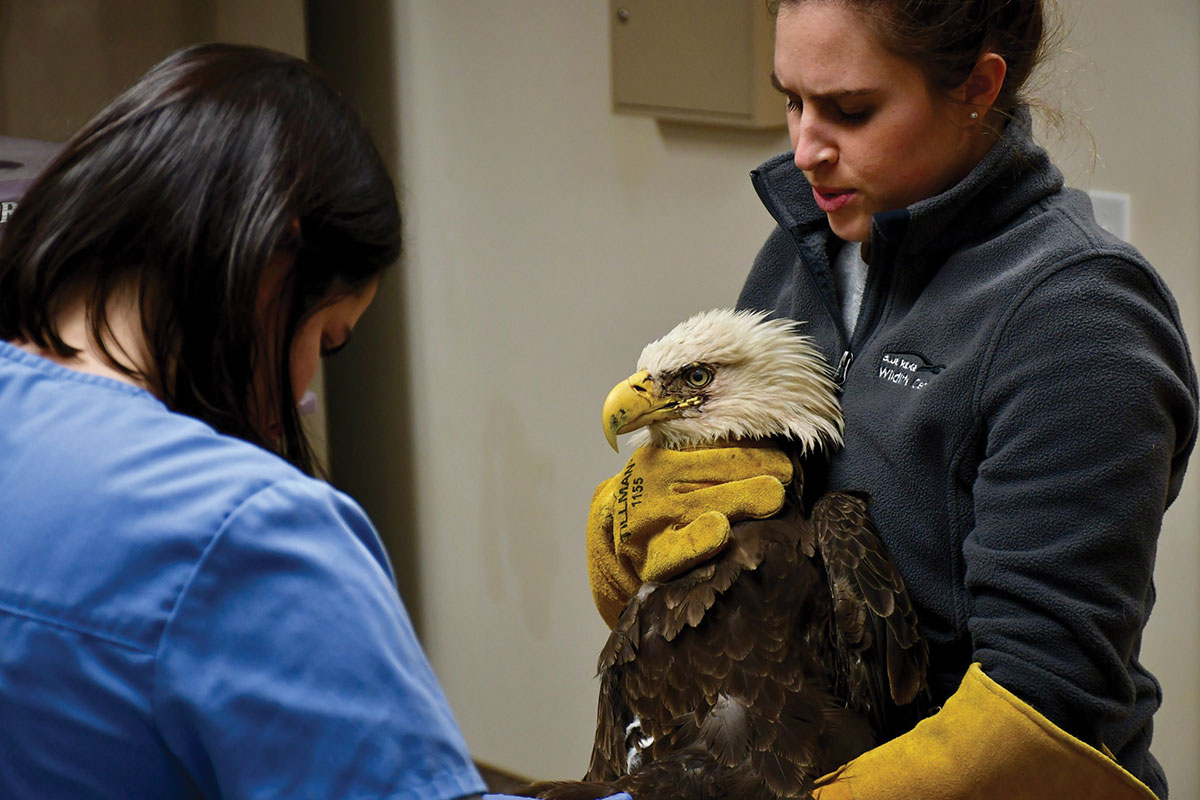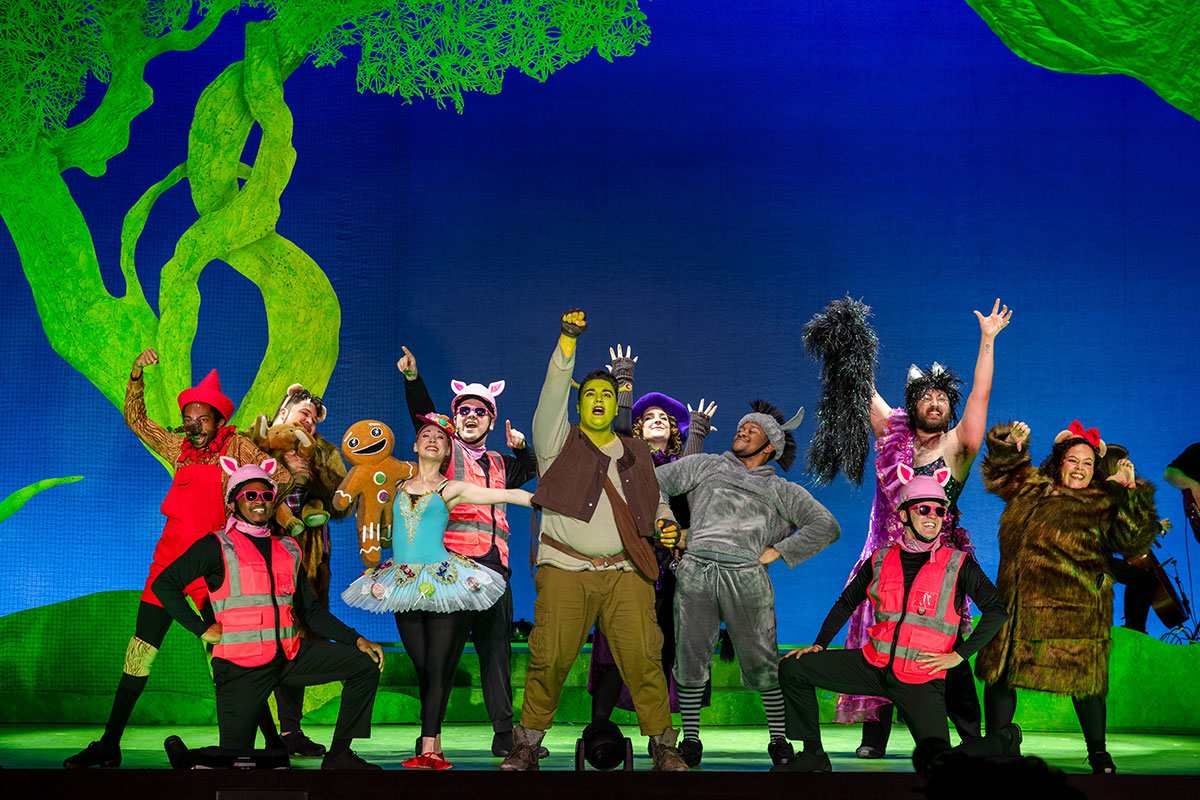
The majestic bald eagle—with its wide wingspan, intense eyes and sharp yellow beak—was named the official bird of the United States in 1782, and graces countless official government symbols from the dollar bill to military insignia to the presidential seal. And while the famous American bird was selected for its strength and beauty, it’s had a fraught history over the years.
In 1963, there were just 417 nesting pairs of bald eagles remaining, which landed it on the endangered species list. Captive-breeding programs, wildlife refuges and protection from hunters were just a few of the ways that helped bring the bald eagle back from the brink. Today, there are an estimated 14,000 nesting pairs in North America.
But, that doesn’t mean its survival isn’t without challenges—with a number of bald eagles still needing rescue and rehabilitation each year, like this one (pictured above) who was transported to the Blue Ridge Wildlife Center in Clarke County, Virginia, after a concerned citizen found it—unable to fly after a fight with another eagle—in Oakton.
The team at BRWC found it had a fracture in its shoulder bone and it will remain at the wildlife center—which is one of the largest veterinary hospitals in the Mid-Atlantic—until it’s healed and can be released back into the wild. The eagle is one of seven that the BRWC took in during 2019, with most impacted by dangerous levels of lead in their blood, which is typically the result of ingesting shotgun pellet fragments during hunting season.
This bald eagle is expected to make a full recovery, and the team at BRWC will no doubt rescue and rehabilitate more in the years to come. So, keep your eyes on the sky as the patriotic bird continues its comeback.
This post originally appeared in our January 2020 issue. For more news, cultural finds and things to do, subscribe to our e-newsletters.




